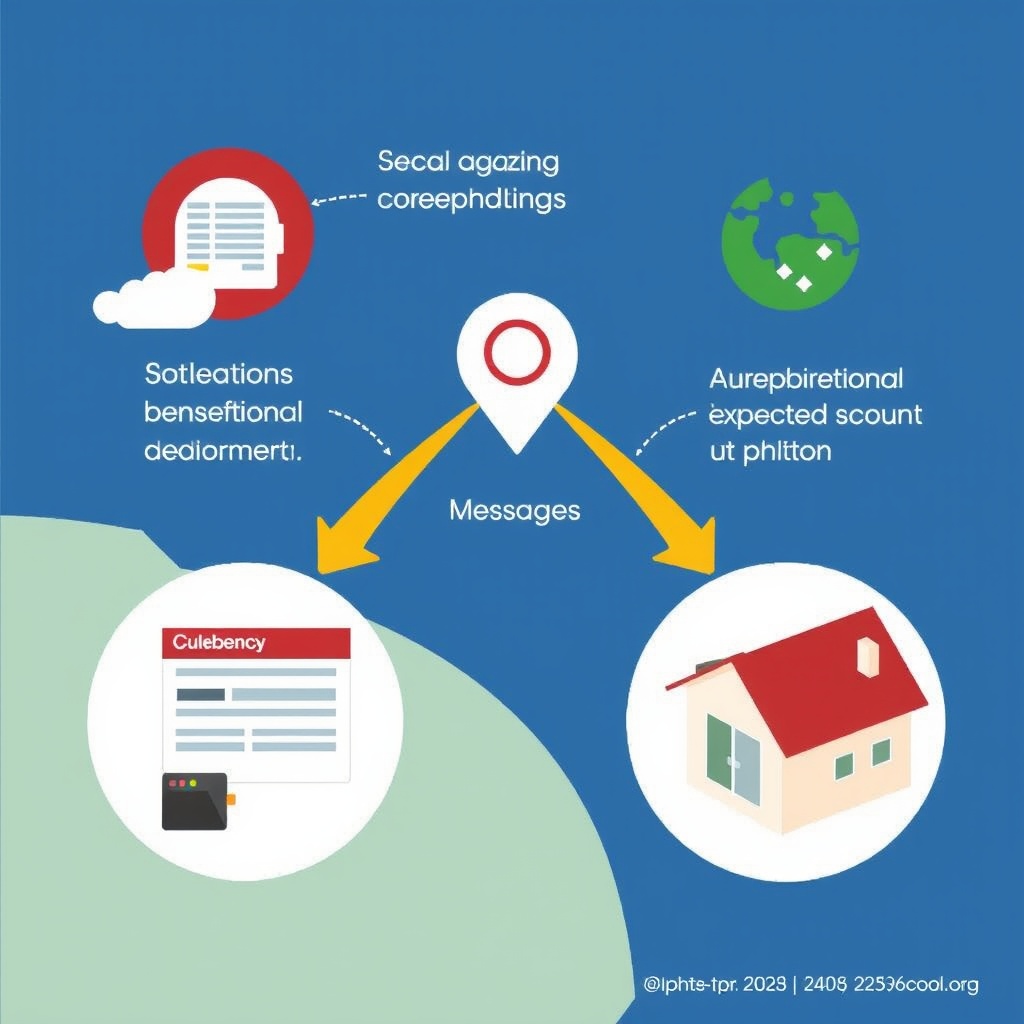Introduction
In the wake of devastating floods, the importance of timely and effective emergency alert systems cannot be overstated. These systems are designed to inform and protect the public by providing crucial information during disasters, helping to prevent loss of life and property. However, in Kerr County, residents have expressed concerns and frustrations over the sporadic and inconsistent use of emergency alert messages, specifically through the CodeRED alert system. This article delves into the issues surrounding the use of emergency alert systems in Kerr County, exploring the challenges faced by residents, the role of local officials, and the broader implications for public safety.
The Role of CodeRED Alerts in Emergency Response
CodeRED is a high-speed emergency notification system that allows public safety officials to quickly disseminate critical information to residents and businesses. This system is particularly vital in areas prone to natural disasters, such as floods, where timely warnings can be the difference between safety and catastrophe. In theory, CodeRED alerts should provide consistent, reliable, and prompt notifications, ensuring that the public is well-informed and can take necessary precautions. However, the experience in Kerr County suggests that the reality falls short of this ideal.
Residents have reported that the use of CodeRED alerts during the floods was inconsistent and sporadic. Some received timely alerts that helped them prepare and evacuate, while others were left without any warning, discovering the danger only when it was too late to act. This inconsistency not only undermines the effectiveness of the emergency response but also erodes trust in the system. When people are unsure if they will receive critical information in a timely manner, they are less likely to rely on these alerts, potentially putting themselves at greater risk.
Challenges and Concerns
Several challenges and concerns have been identified with the use of CodeRED alerts in Kerr County. One of the primary issues is the lack of transparency from local officials regarding the criteria for issuing alerts and the technical infrastructure supporting the system. Without clear guidelines on when and how alerts are sent, it is difficult for residents to understand why they may or may not receive notifications. Furthermore, technical glitches or capacity issues could also contribute to the sporadic nature of the alerts, although such specifics have not been disclosed by local authorities.
Another significant concern is the digital divide and accessibility. Not all residents may have access to the technology required to receive these alerts, such as smartphones or computers. Elderly individuals, those in low-income households, or people living in areas with poor internet connectivity might be particularly vulnerable, as they may rely more heavily on traditional forms of communication that could be disrupted during emergencies.
The Need for Improvement and Accountability
Given the critical role that emergency alert systems play in public safety, it is imperative that Kerr County officials address the concerns and inconsistencies reported by residents. This involves not only ensuring the technical reliability of the CodeRED system but also establishing clear, publicly available guidelines on the issuance of alerts. Transparency about the system's capabilities, limitations, and protocols for use can help rebuild trust and ensure that the public knows what to expect.
Moreover, efforts should be made to enhance accessibility and inclusivity. This could include alternative methods for receiving alerts, such as sirens, SMS messages to basic cell phones, or partnerships with local community centers and churches to disseminate information. Public education campaigns can also play a crucial role in informing residents about how to sign up for alerts, what to expect, and how to prepare for emergencies.
Case Studies and Best Practices
Other regions have successfully implemented emergency alert systems that provide timely, consistent, and accessible information to the public. For example, communities that have integrated their alert systems with social media, local news outlets, and emergency management apps have seen higher levels of public engagement and preparedness. The use of multiple channels for disseminating information can help ensure that alerts reach the widest possible audience, regardless of their access to technology.
Additionally, regular drills and tests of the emergency alert system can help identify and rectify technical issues before they become critical. Feedback mechanisms that allow residents to report problems or suggest improvements can also contribute to a more responsive and effective system.
Conclusion
The experiences of Kerr County residents with the CodeRED alert system during the floods underscore the need for reliable, consistent, and accessible emergency communication. While challenges exist, they are not insurmountable. By addressing the technical, transparency, and accessibility issues, Kerr County can enhance its emergency alert system, better protecting its residents and fostering a safer, more resilient community. As the region looks to the future, prioritizing the improvement of its emergency alert system will be crucial in mitigating the impacts of future disasters. Through a combination of technological upgrades, public outreach, and a commitment to transparency and accountability, Kerr County can ensure that its emergency alert system serves as a robust and reliable tool for public safety.


Leave a comment